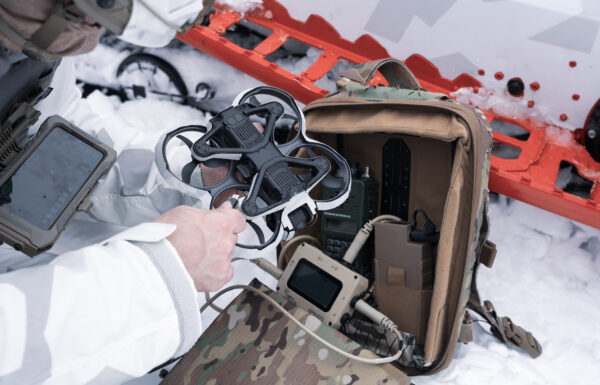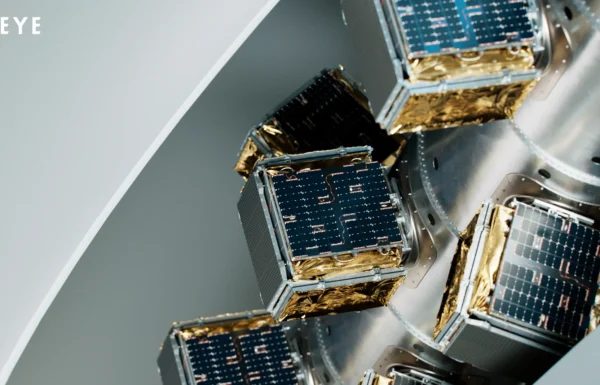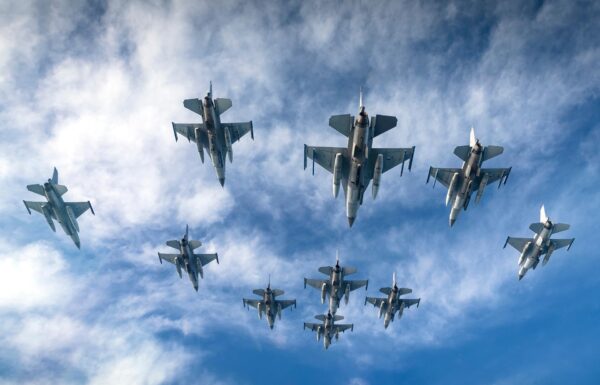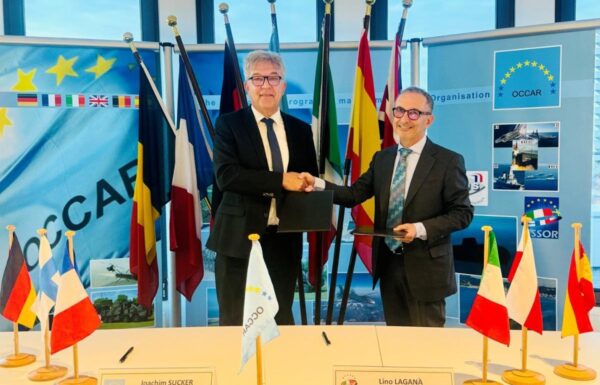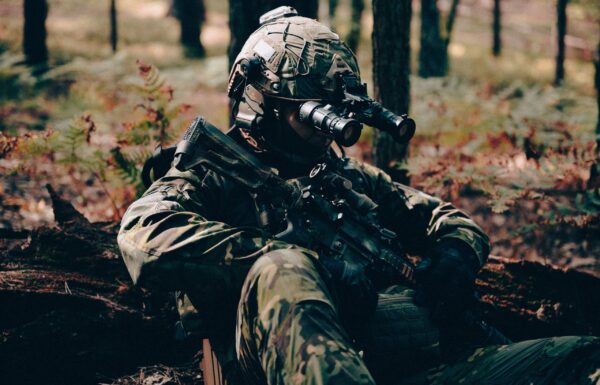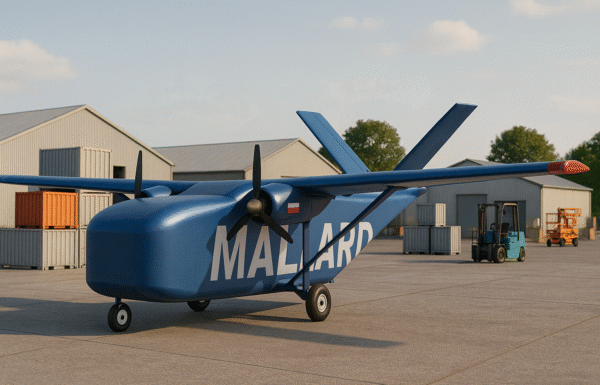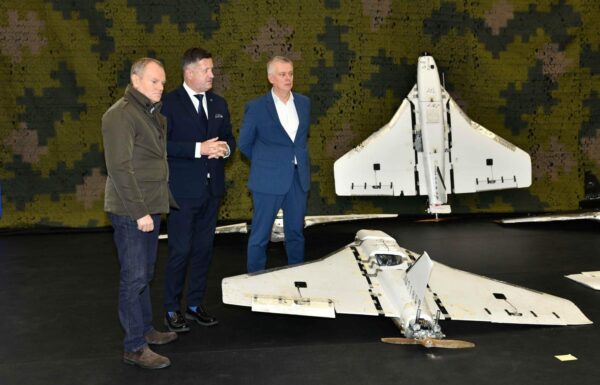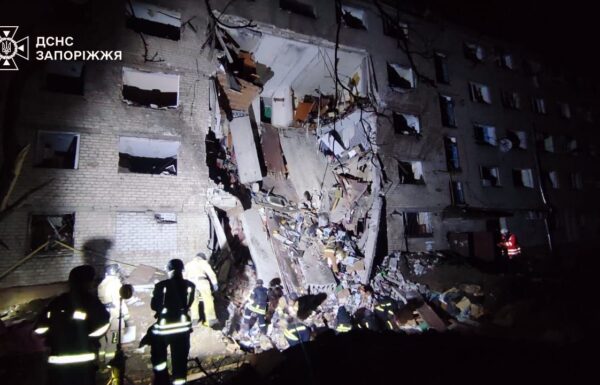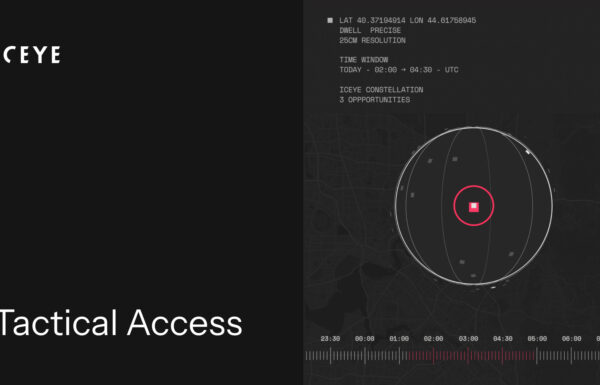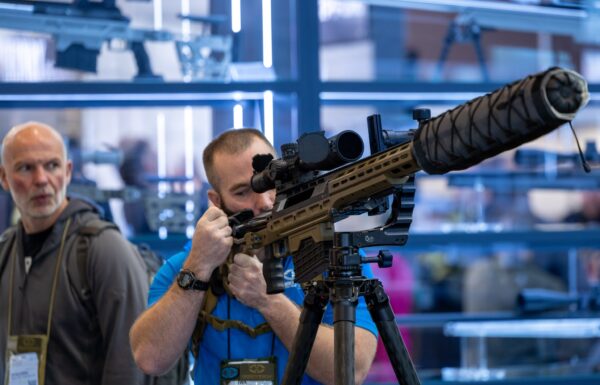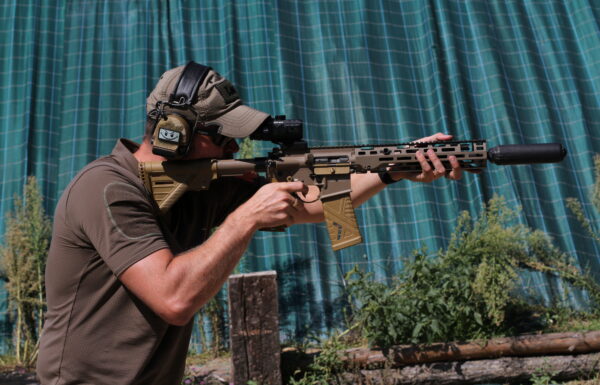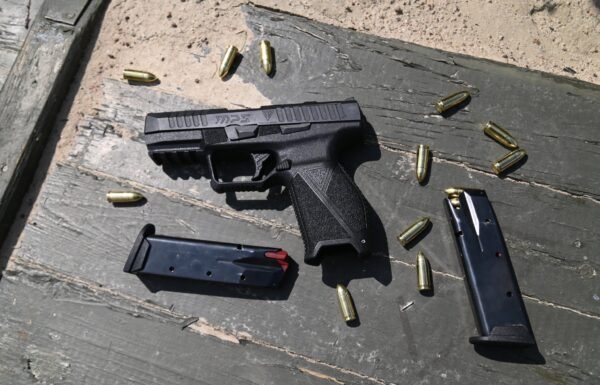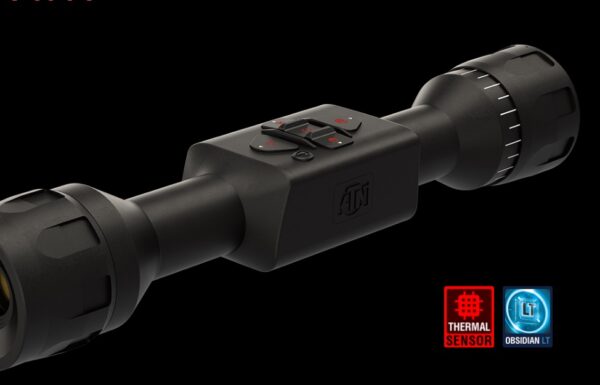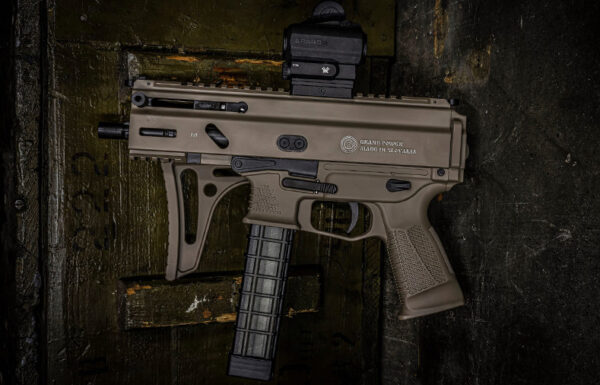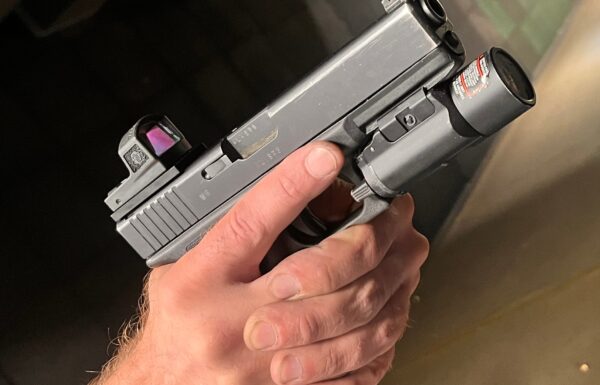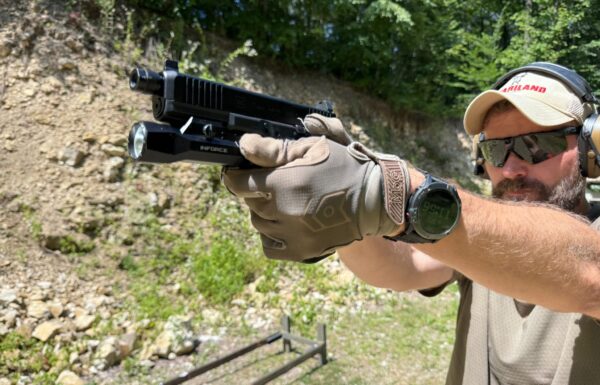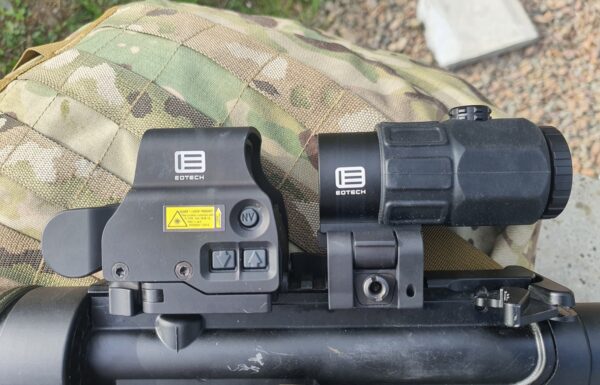On Tuesday, February 4, 2025, Taiwan’s Central News Agency (CNA) reported that the government of the Republic of China in Taipei has decided to purchase six new Northrop Grumman E-2D Advanced Hawkeye early warning aircraft to replace its older E-2K models.
 E-2D Advanced Hawkeye / Photo: Northrop Grumman
E-2D Advanced Hawkeye / Photo: Northrop Grumman
According to CNA sources, the decision was influenced by repeated incidents involving Chinese military aircraft violating Taiwan’s Air Defense Identification Zone (TADIZ) and the expansion of such incursions into the eastern sector from the Pacific Ocean. Another factor was the weakening of Taiwan’s existing fleet of E-2K early warning aircraft after one of the six units (No. 2503) was decommissioned following an emergency landing without landing gear at Pingtung Air Base on November 22, 2022.
Interestingly, according to CNA, the Republic of China Air Force (ROCAF) had twice requested the Ministry of Defense to secure funding for the procurement of E-2K replacements. However, each time, officials emphasized the necessity of investing in stationary radar systems (for example, on October 25, 2024, Taiwan received approval to purchase an undisclosed number of AN/TPS-77 and AN/TPS-78 radar stations). Nevertheless, increasing pressure from the Air Force and Naval Aviation of the People’s Liberation Army convinced policymakers to modernize Taiwan’s airborne early warning capabilities.
Recently, there have also been plans to reconsider the previously frozen procurement of MH-60R Seahawk naval helicopters, M109A7 PIM 155mm self-propelled howitzers (instead of the M109A6 Paladin), and, ultimately, next-generation fighter jets from the United States, abandoning domestic efforts in this field.
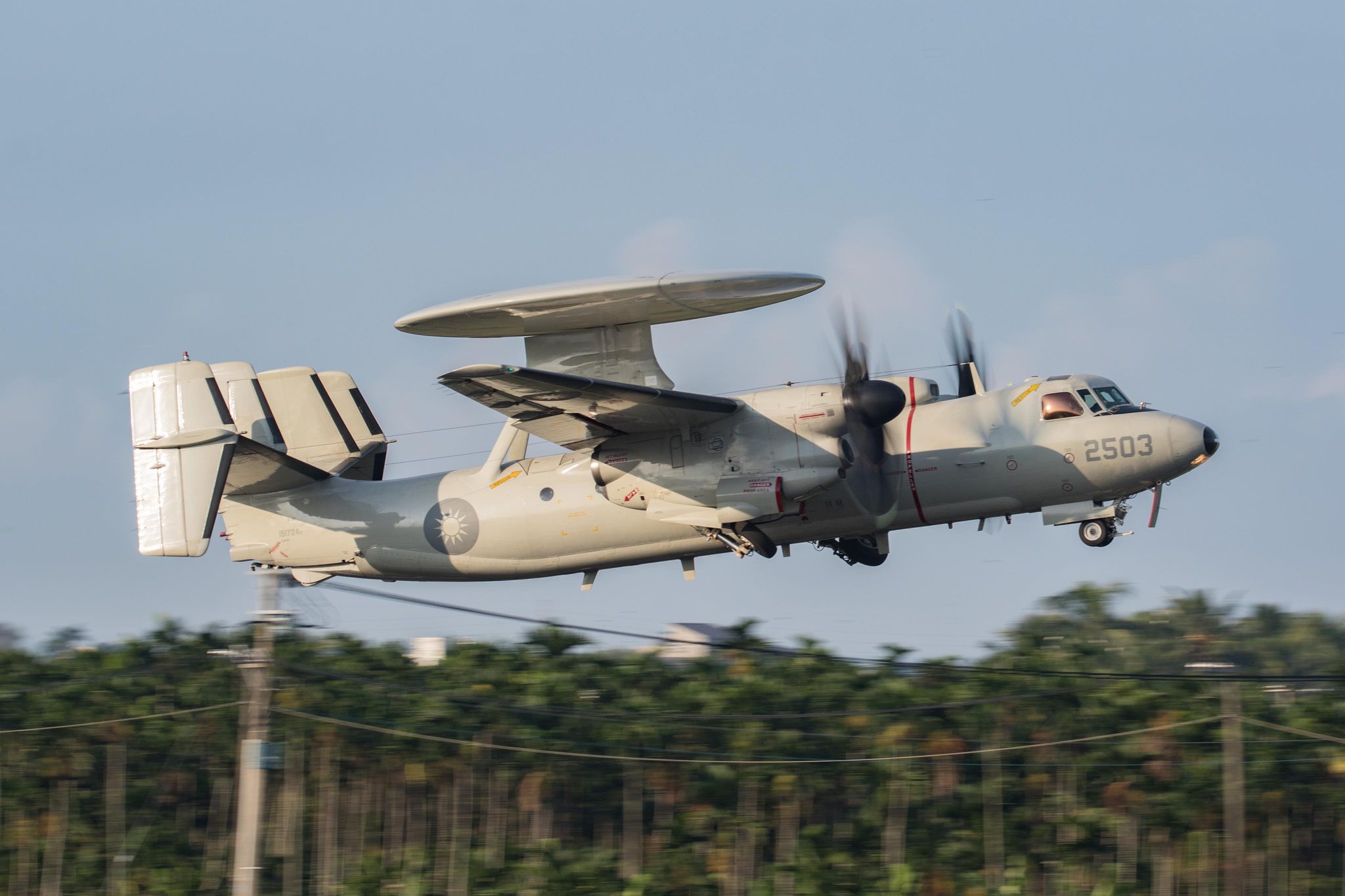 On of Taiwanese E-2K / Photo: Tsungfang Tsai
On of Taiwanese E-2K / Photo: Tsungfang Tsai
Initially, in September 1995, Taiwan received approval to purchase four E-2T aircraft, a local version of the E-2C Group II, utilizing components from retired U.S. E-2B aircraft (serial numbers 151709, 151710, 151724, and 152479). An additional two aircraft were approved on July 31, 1999, in the Hawkeye 2000 standard, with deliveries completed in 2004. Later, the aircraft from the first batch were upgraded, and all received the E-2K designation, with modernization work completed in 2013. The five remaining aircraft in service are operated by the 2nd Early Warning Squadron under the 6th Composite Wing.
Compared to the E-2C, the Advanced Hawkeye features new electronic equipment, including an upgraded radar, avionics, color cockpit displays, and enhanced Allison/Rolls-Royce T56-A-427A turboprop engines. Additionally, it has wing-mounted fuel tanks, which extend its maximum flight time without aerial refueling from 5 to 8 hours.
If the U.S. State Department approves the sale of the aircraft to Taiwan, it will increase the number of export users of the latest version, alongside France (3 ordered) and Japan (13 in service, 5 ordered), while also extending Northrop Grumman’s production line in St. Augustine, Florida. The manufacturer is actively marketing the E-2D, particularly in India, Egypt, and Poland. Although Poland has introduced two second-hand Saab 340B AEW-300 aircraft acquired from Sweden into service, it is interested in acquiring brand-new factory-built aircraft in the long term—such as the competing Saab GlobalEye, which is gaining interest from multiple nations. Israel, however, has decided against purchasing the E-2D.
The U.S. Navy (USN) operates 51 E-2D aircraft (out of 76 ordered), reflecting its status as the world’s largest naval aviation force.


